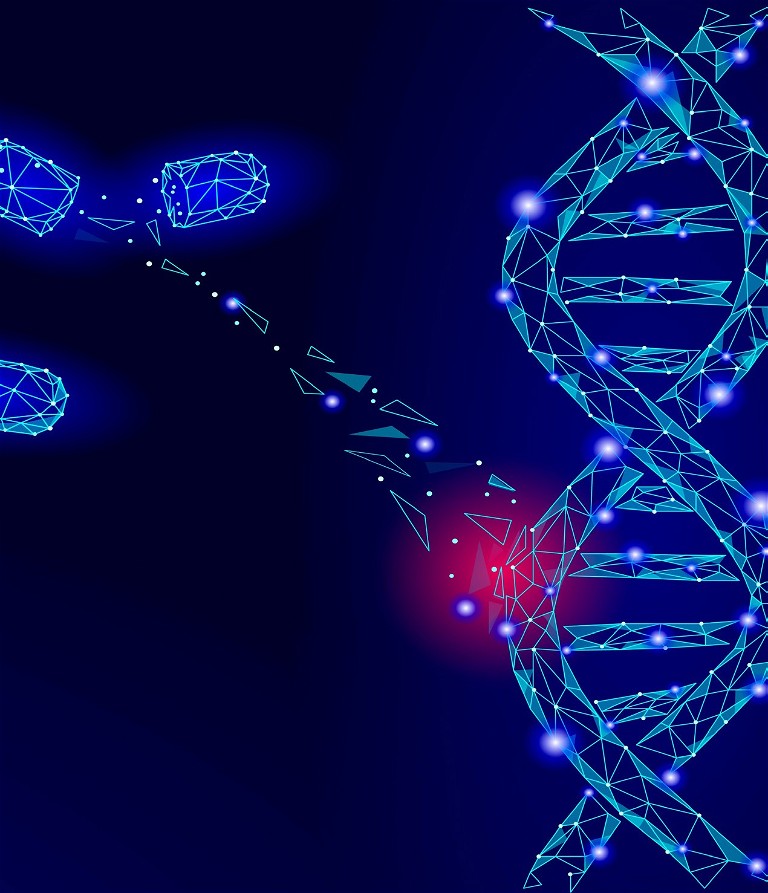Research & Development
AstraZeneca and Cellectis announce collaboration for cell therapy and genomic medicine development
AstraZeneca has announced a collaboration and investment agreement with Cellectis for the development of next-generation cell and gene therapeutics (CGTs) in areas such as oncology, immunology and rare diseases.
Under terms of this agreement, AstraZeneca will utilise Cellectis’ proprietary gene-editing technologies and manufacturing capabilities with the intention of designing novel CGT products. 25 genetic targets have already been exclusively reserved for AstraZeneca, from which up to ten candidate products could be explored for development.

The collaboration is intended to build on AstraZeneca’s expertise in this area to bring novel CGTs to patients with cancer or rare diseases.
Cellectis will receive an initial payment of $105m from AstraZeneca, including a $25m upfront cash payment under the terms of a research collaboration agreement as well as an $80m equity investment. An additional $104m equity investment is expected in early 2024 subject to final agreements.
Marc Dunoyer, chief strategy officer at AstraZeneca and chief executive officer at Alexion, AstraZeneca Rare Disease, commented: “The differentiated capabilities Cellectis has in gene editing and manufacturing complement our in-house expertise and investments made in the past year. AstraZeneca continues to advance our ambition in cell therapy for oncology and autoimmune diseases as well as in genomic medicine, which has potential to be transformative for patients with rare diseases.”
André Choulika PhD, chief executive officer of Cellectis, said: “We believe AstraZeneca is the perfect match to Cellectis by providing world-class expertise in the development and the commercialisation of innovative medicines. This collaboration will allow us to leverage our pioneering research in gene editing and cell therapies, as well as our cutting-edge capabilities in manufacturing with the ambition to bring potentially life-saving therapies to patients with unmet medical need.”